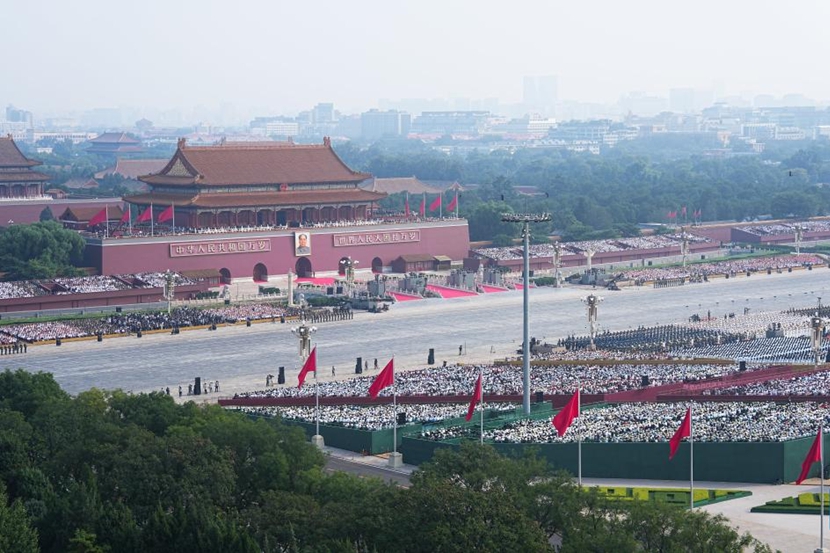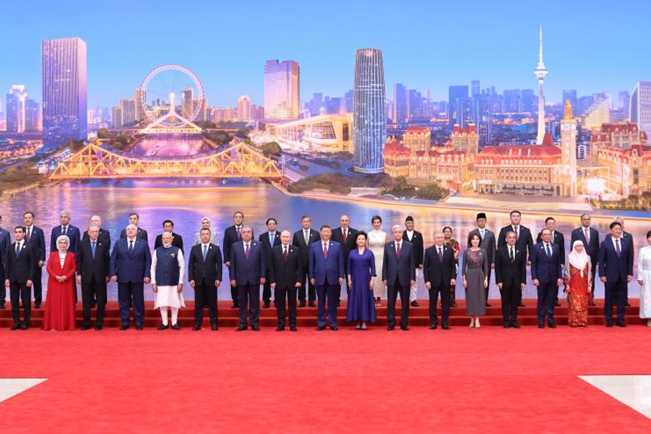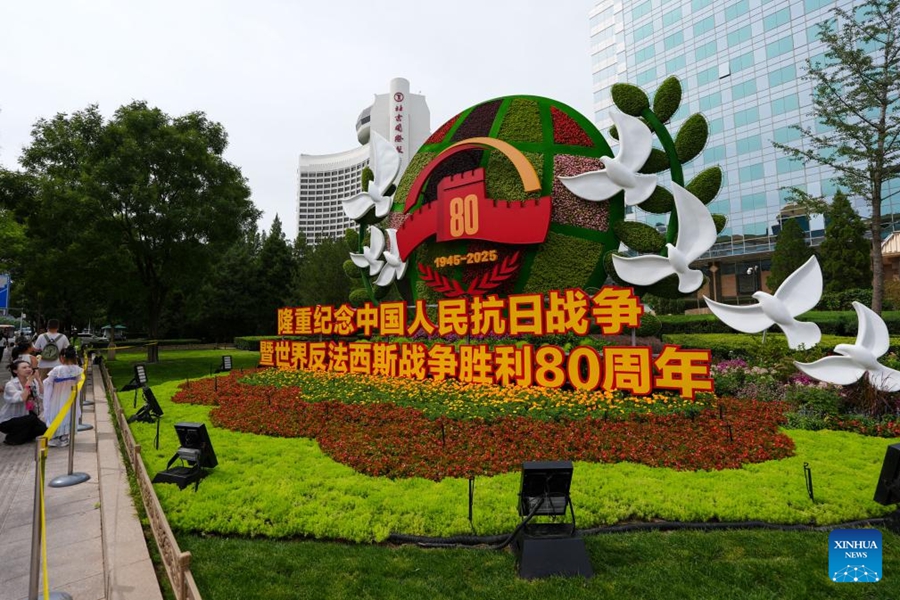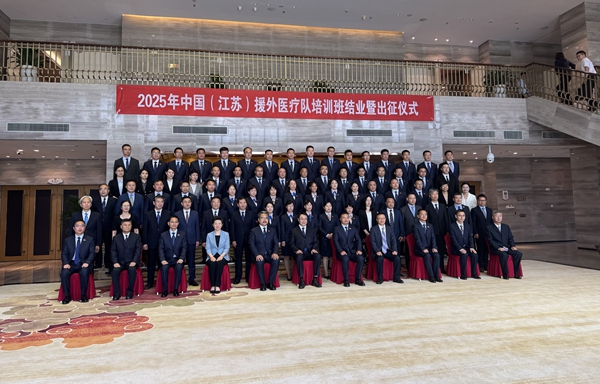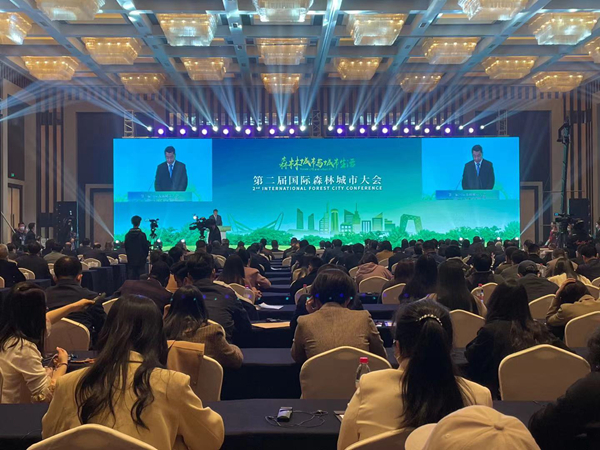
(Photo/Bai Xue)
The 2nd International Forest City Conference opened in Nanjing on April 6 and 7 with the theme of Forest City and Urban Life.
The event was organized by the National Forestry and Grassland Administration, Nanjing Municipal People's Government and the International Bamboo and Rattan Organization. Participants from 11 countries held discussions on topics including urban biodiversity and relationship between urban forest and residents' well-being, and also shared successful experiences, new ideas and approaches in building a forest city.
Peng Youdong, deputy director of the National Forestry and Grassland Administration, said China has 194 forest cities, and 17 provinces have made efforts to build forest city clusters. The greening coverage rate in urban built-up areas has reached 41.1%, with the per capita public green space reaching 14.8 square meters.
The Yangtze River Economic Belt is home to 93 cities recognized as forest city, accounting for 48% of China’s total.
In Jiangsu Province, eight of 13 cities that have subordinate districts have won the honor. A beautiful ecological belt along the Jiangsu section of the Yangtze River is basically taking shape. The Migratory Bird Sanctuaries along the coast of the Yellow Sea-Bohai Gulf (Phase I) , including the section in Yancheng City, were inscribed on the World Heritage List as a natural site.
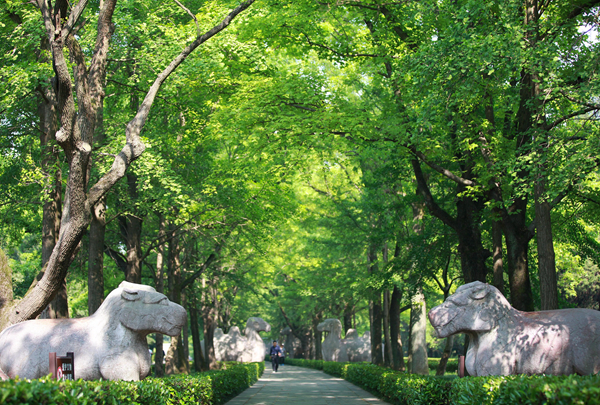
Shixiang Road at the Ming Xiaoling Mausoleum in Nanjing, Jiangsu Province (CFP Photo)
Data from the Nanjing Municipal Bureau of Gardening and Landscaping showed the city had 196,100 hectares of forest area, a coverage rate of 31.61%, and 68.6% of natural wetlands are placed under protection, ranking first in all three parameters in the province. Nanjing also ranked among the best in domestic peer cities on three indicators - the green coverage rate of built-up areas (45.16%), the greening rate (40.79%) and the per capita park and green space (15.7 square meters).
The city is making efforts to build itself into a forest city, increase the charm of the ancient capital city, and carbon sink performance.
During the 13th Five-Year Plan period, the city’s total standing stock volume had reached 10 million cubic meters thanks to strengthened efforts of wetland protection, afforestation and forest conservation. Nanjing has kept improving the forest carbon sinks, a trend that will definitely continue during the 14th Five-Year Plan as the city aims to peak carbon dioxide emissions.










